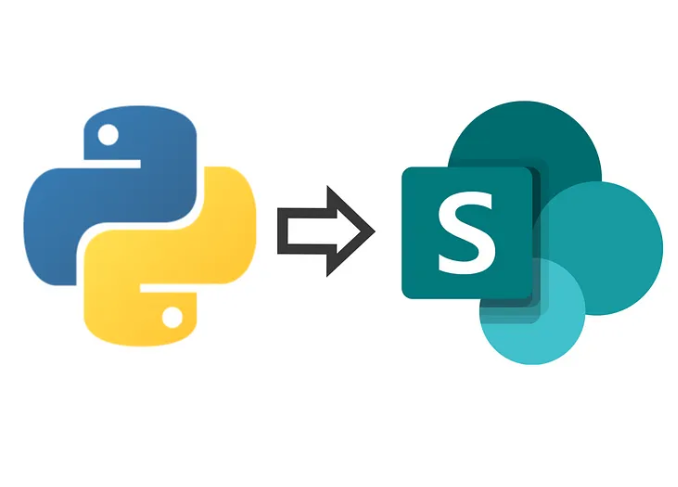Demystifying ETL vs. ELT: Crucial Data Integration Strategies
In today’s data-driven world, seamlessly integrating large volumes of enterprise information is pivotal for actionable business insights. As data’s value intensifies, two predominant strategies have emerged — Extract, Transform, Load (ETL) and Extract, Load, then Transform (ELT).
But what exactly is the difference and when should you implement each? Let’s demystify the distinctions.
An Intuitive Understanding
ETL Architecture
- Extract data from diverse sources
- Scrub, process and transform data in a separate environment
- Load clean, analysis-ready datasets into the target data warehouse
ELT Architecture
- Directly extract raw data from sources
- Rapidly load into cloud-based data lake as-is
- Leverage scale-out capabilities for transformation in data lake or warehouse
So in essence — ETL transformations occur early while ELT shifts this computational burden till post loading.
Evaluating the Key Differences
Benefits of ETL
- Tighter control and security for handling sensitive data by transforming early
- Reduced burden on target database from direct raw loads
- Leaner data transition with just valuable subsets making it downstream
Advantages of ELT
- Rapid ingestion by eliminating lengthy early transformations
- Simplified and linear pipelines ease monitoring and troubleshooting
- Leverages cloud data platform’s native processing power
- Adapts better to evolving data feeds and schemas
Use Cases
An online retail company requiring granular customer analytics may prefer ELT with daily raw clickstream logs loaded directly into cloud storage like Amazon S3, then leveraging Spark on AWS EMR to dynamically partition the data for querying.
On the other hand, a financial institution with highly confidential data may lean towards ETL to enable data masking, tokenization and encryption before loading into an on-premise data warehouse.
The Bigger Picture
Modern trends like prolific big data and enterprise AI/ML are influencing integration architecture strategies due to considerations around scalable storage, elastic processing and data science readiness. As organizations also gradual transition workloads from on-premise environments to cloud-hosted solutions, balancing integration accessibility, governance and cost becomes crucial.
While ETL maintains relevance for conventional data warehousing, particularly on-premise, ELT dynamically adapts to emerging data volume, velocity and variety challenges. As long as data’s value grow, these integration approaches will continue serving complementary purposes for diverse analytical needs. And with exciting innovations on the horizon, such as IoT data streams and blockchain-enabled integration, new technologies could further reshape this evolving landscape.
The optimal approach depends on your unique infrastructure, analytics objectives and future roadmap. By determining priorities around security, cost, agility or innovation early and revisiting with business needs, you can formulate an integration strategy beyond short-term requirements to long-term value.
So which approach does your organization leverage currently and what has been your experience? Share your thoughts or queries on tackling the intricacies of ETL vs ELT!


